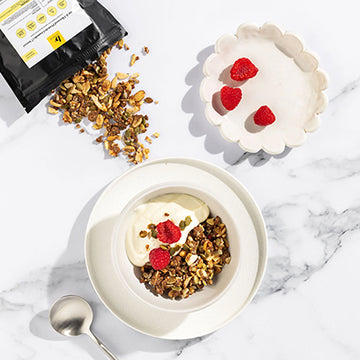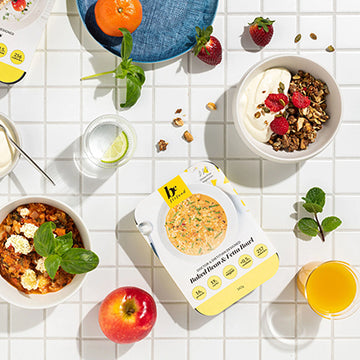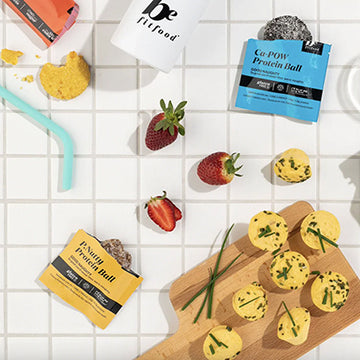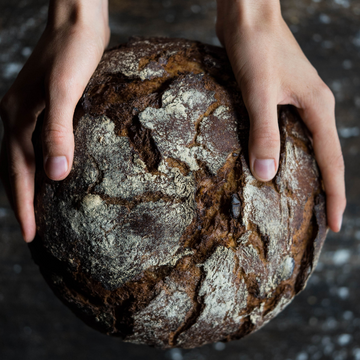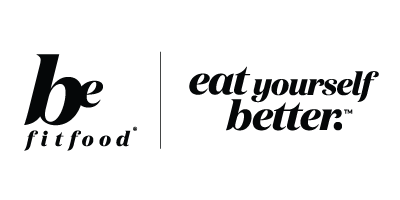When we transition into winter the days start to become shorter and there is less available sunlight, we start to feel tired, cold, unhappy and lethargic, we then start to crave calorie rich carbohydrate sugary foods. Carbohydrate cravings usually cause us to eat highly processed sugary foods including chocolate, lollies, and cake etc. When we eat these foods that are high in sugar for comfort our brain releases ‘feel good’ hormones such as dopamine, which can make us feel happier and less stressed, once we are in this cycle we condition ourselves to use high sugar foods as comfort whenever we are feeling tired, cold and unhappy.
Eating foods high in sugar also causes our blood sugar levels to spike quite quickly and then drop quite quickly. The primary fuel source of the brain is a simple sugar called glucose. This drop in blood sugar levels causes our brain to send out signals to eat more sugar to bring those sugar levels up again. This cycle can contribute to a sustained energy imbalance in the body, leading to overweight and obesity.
Tips on curbing the cravings
Eating regularly and avoid skipping meals. Skipping meals can mean our hunger hormone Ghrelin builds up until we eat, therefore it can be harder to control your food intake and increased chances of overeating.
Incidental movement. Movement can help with releasing ‘feel good’ hormones like Dopamine, the release of endorphins can ‘treat’ the sugar craving. Try and get up a work or go for a brisk 10 minute walk.
- Take some time to understand your hunger and fullness cues. Acknowledge how your body feels after nourishing foods compared to how your body feels after a heavy carbohydrate meal like a bowl of white pasta and creamy sauce.
- Keep yourself busy. Make a to-do-list and accomplish items to keep yourself distracted.
What to eat to stay fuller for longer
Choosing the right combination of protein, fat, and low GI carbohydrates which contain fibre, help us stay fuller for longer by slowing the emptying process in our stomachs and promotes a healthy environment for our gut bacteria. (1)
Good protein sources include; fish, seafood, poultry, eggs, legumes/beans (including soy), nuts and seeds
Good healthy fat sources include monounsaturated and polyunsaturated fat sources such as oily fish, avocados, almonds, cashews, linseed (flaxseed), chia seeds, pine nuts, walnuts and Brazil nuts. Cooking oils made from plants or seeds like canola, olive, peanut, soybean, rice bran, sesame and sunflower oils.
Fibre can be found in low GI carbohydrates and is the indigestible part of plant foods, such as vegetables, grains, legumes, seeds, nuts, seeds, bran, barley oats, and the skin on vegetables and fruit.
Water is also an important factor in managing hunger. If you feel like you’re craving sugar, drink a big glass of water and re-assess if your still feeling hungry, dehydration can be confused with feelings of hunger. The general rule is to ensure you are drink 8 glasses of water per day!
Ways to add these foods into your day
Add a source of protein to each main meal, for example:
- Add 65g cooked lean meats such as beef, lamb, veal, pork or 170g of tofu to a salad or vegetables or add 1 cup (150g) cooked or canned legumes/beans such as lentils, chick peas or split peas to soups
- Try swapping a sweet sugary snack as an ‘afternoon’ pick me up to a piece of fruit as an afternoon snack
- Leave the skin on vegetables and fruit
- Enjoy a handful of nuts and seeds as a snack
- Add a drizzle of olive oil on your salad
- Add ½ an avocado to your salads
- Add 3tsp of chia seeds to your soups, or water bottle
References:
-
Singh RK, Chang H-W, Yan D, Lee KM, Ucmak D, Wong K, et al. Influence of diet on the gut microbiome and implications for human health. J Transl Med. 2017;15(1):73.
